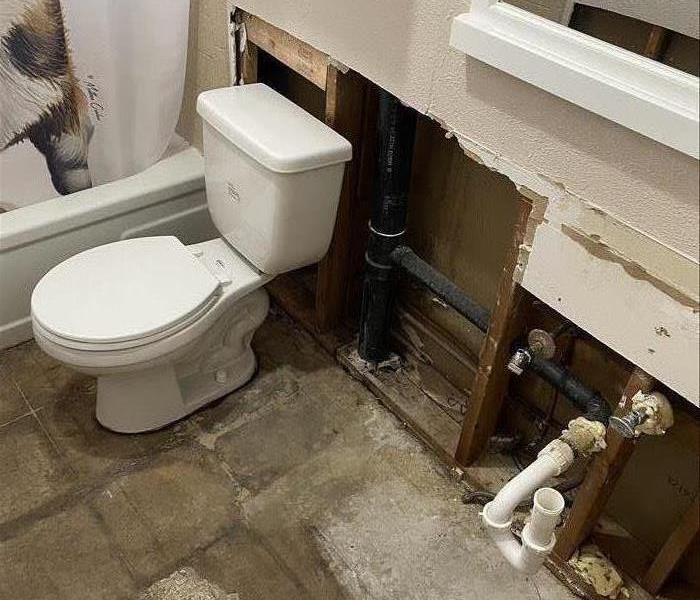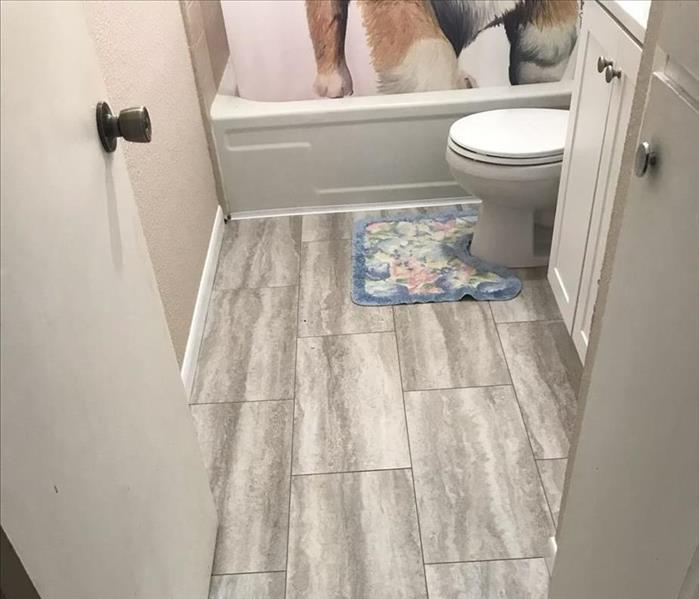
Step 4: Drying and Dehumidification
Our Water Damage Restoration Process
So what's next after we have used our water extraction tools to remove that excess water in your home or office? You may think we are done because the floors and walls might appear dry. However, water wicks up on these materials and they are actually, more often than not, saturated with water. You may even be able to feel the water, but even if you cannot feel the water to the touch, our moisture meters will show how wet these materials really are. These materials tend to become soaked with water because of their porous nature that allows them to retain water. If these are not dried by IICRC standards secondary damage such as warping and mold can occur. That is why having the experts from SERVPRO of San Antonio professionally dry your San Antonio property is so incredibly important.
Drying / Dehumidification
Our Professionals will use room measurements, temperature, and relative humidity to determine the optimal number of air movers and dehumidifiers to dry your home or business. We’ll carefully monitor the progress using moisture meters until the materials return to acceptable drying goals.
- Use Dehumidification Equipment
- Use Monitoring Equipment to Track Progress
Monitor Floor and Walls
We check the moisture levels to monitor the drying process.
- Monitor Floors
- Monitor Walls
Drying Equipment
- Industrial-grade dehumidifiers help prevent secondary water damage like swelling and warping of floors, walls, and furniture.
- High-speed air movers create airflow across walls, carpets, pads, and furniture, which accelerates the evaporation of moisture.





 24/7 Emergency Service
24/7 Emergency Service




